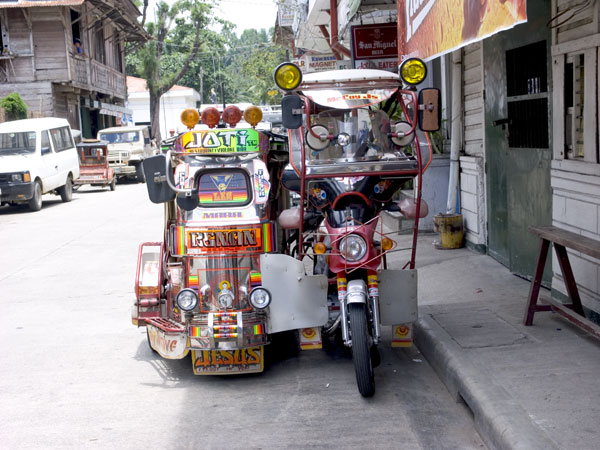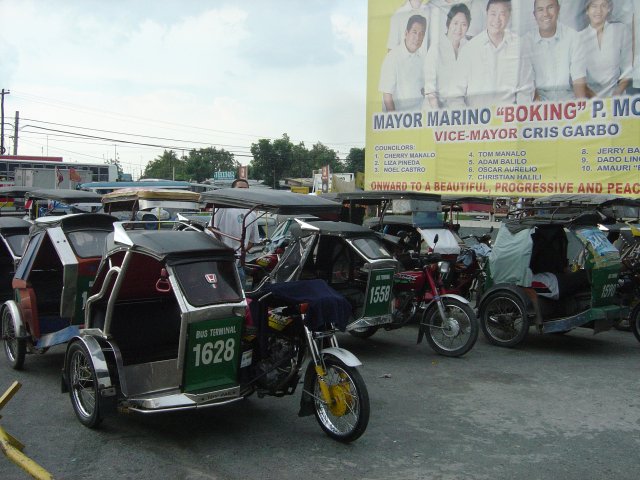Quote:
|
Originally Posted by rh77
I've been pushing local lawmakers to get a light rail system up-and-running, at least to the airport -- but it gets voted-down almost yearly. It's the NIMBYs that get all bent out of shape. Meanwhile, they add more lanes to the Interstate...
|
We're facing the same problem here in Salt Lake City. They are considering widening the I-15 to accomodate for more traffic from the south and north. Apparently people from an hour in either direction regularly work in Salt Lake City. They think the solution is to widen the roads, but this is just a band-aid.
Widening the roads just encourages more urban sprawl, which will cause the roads to be widened again, and so on. The real solution is to add realistic transportation options, such as Park and Ride lots where you can park your car in a massive parking lot and then take a train to the heart of the city.
Another option is to build UPWARDS instead of OUTWARDS. Sky rise apartments and condos keep people in the city, which reduces smog and the need to commute to work or even own a car.
The first time I ever experienced public transportation was in the Philippines, where only the rich had their own cars. We road around in vehicles called "jeepneys," which look like this:


They would fit between 20 and 30 people. usually a few people were hanging off of the back, which was EXTREMELY fun, albeit very dangerous.
We also rode around in "trikes," which are just motorcycles with sidecars.


Those could fit up to 10 people. two behind the driver, three (or four) inside the cab, and the rest hanging off the trike in various spots. That was fun, until we ended up going around 100km/h, which was just scary as hell.
Finally there was the LRT and the MRT, the Light Rail system in Manila. I only used it a few times during my original 2 year stint in the Philippines, but when I went back to visit for two weeks I was on it constantly. It was a life saver.


(LRT is above in that photo)
The purpose for my little trip down memory lane is this: Necessity breeds innovation. In Manila people have little income, so innovation makes up for it and offers VERY affordable public transportation (I could ride 20+ miles for much under a dollar). As a result the markets move towards the people. Every neighborhood had a dozen "tiendahans," or little stores. Within walking distance was an open air market.
I say the long term solution is to bring the stores close to the people. People won't drive if they can walk 5 minutes and be at the store, or take cheap public transit to work.